I have found myself becoming more and more interested in seeing what photographers of various levels actually carry in their camera bag. Whilst many people have a pretty standard go-to kit I think the obvious outcome is ‘what the shoot requires’. But that in turn creates complexity. There are many factors that need to be considered when packing gear for any shoot. In this blog I want to explore some of those considerations as well as share with you my own kit(s) and my own thinking when packing my bag for a day of shooting. Particularly for shooting street photography. And I believe that the thought process for actually taking the photos begins when you pack your gear.
In my days of carrying around a DSLR set up, I had to carry a pretty big bag that was heavy and awkward. Juggling big pro lenses whilst carrying a DSLR slung around my neck quickly lessened my enjoyment of photography. In fact it was one of the key contributors to continued back pain and my making the move from DSLR to Mirrorless. But regardless of what you shoot with, weight and the size of the equipment must be a consideration. You can only carry so much. And if you are planning on spending the day on your feet shooting street in the city or shooting landscape on a hike – that gear is going to have an impact sooner or later. Whilst I may feel comfortable carrying the weight of my bag first thing in the morning, would I still feel ok after one, two, three or more hours of carrying it? If I am travelling with my camera gear on a plane as carry-on luggage, what else do I need to fit in? Is the bag sound enough and padded enough to protect my gear on a long commute?
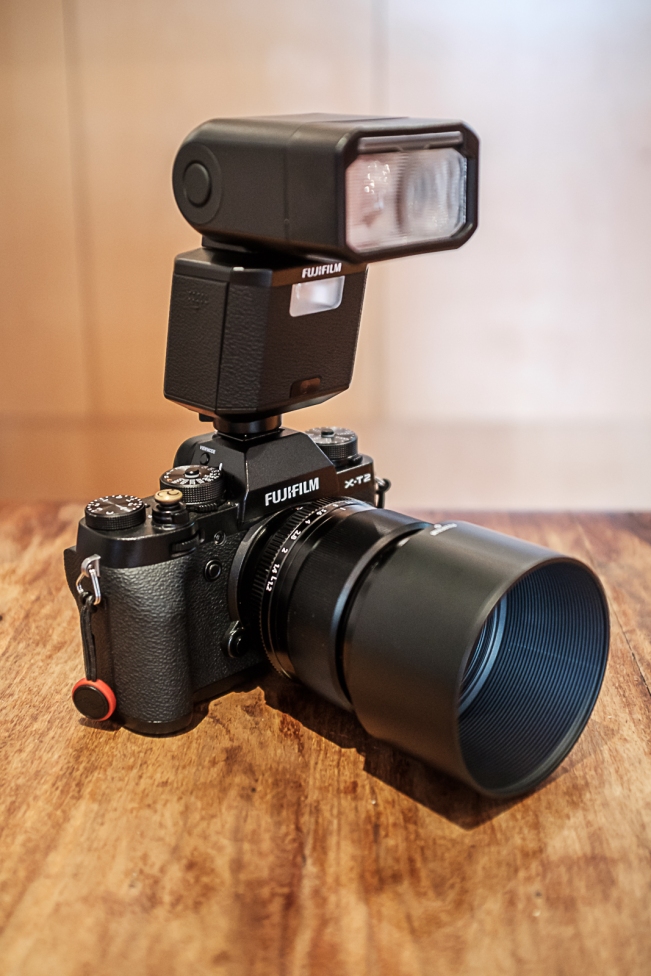
I never set off in the morning or before a shoot without first checking the weather. For street photography this is important but not critical as there are plenty of places to duck into for shade or shelter. If you are out shooting landscape or wildlife then it is far more critical. If it is wet weather when I plan to shoot street photography, then that will actually change my choice of camera – taking a weather resistant camera like the Fujifilm X-T2 versus one that is not like the Fujifilm X100F. Also I need to know that the bag I am using will keep my gear dry in wet weather. I would generally wear a waterproof jacket and also waterproof walking shoes.
If I am taking my Fujifilm X-T2 out then I need to choose some lenses. I have two set-ups for lens choice when it comes to this particular camera. If I am shooting an event such as a party or a wedding, then I will take my Fujifilm X-T2, the XF56mmF1.2 and the XF23mmF1.4. I will also take with me my Fujifilm EF-X500 Flash. Along with the flash I need to include a set of rechargeable batteries in the flash, a spare set and perhaps a fresh packet of batteries as an emergency back up. If it is going to be a long day, then I need to also include the battery charger for the rechargeable batteries and for the camera batteries. Just in case. Worst case I can leave these last items in the car along with an electrical power board.
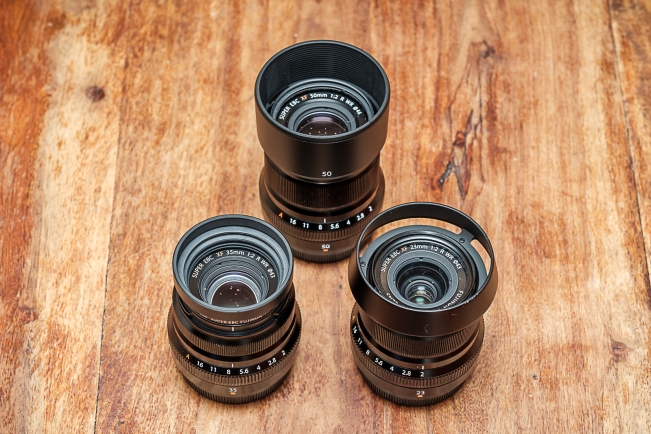
If I am shooting street photography, then I will take my Fujifilm X-T2 and the new F2 trinity of Fujifilm lenses. The XF23mmF2, XF35mmF2 and the XF50mmF2. The benefit of this kit, including the lenses, is that they are all weather resistant. They can take a pretty decent rain shower without any impact – other than rain on the front glass of the lens. Alternatively, if I wish to travel lighter or just want to use a different camera, then I will take my Fujifilm X100F. It has a fixed focal length with a 23mmF2 lens. This is my preferred focal length for street photography. This camera also uses the exact same battery as the Fujifilm X-T2 so that makes things very easy.
The third and final camera consideration for me is to determine if I want to record any video. Whilst both the Fujfiim X-T2 and X100F shoot video, I prefer to shoot video on my Fujifilm X70 with the Fujifilm MIC-ST1 external microphone attached. I choose to use this as it is a compact camera that is lightweight, has a flip screen that covers almost 180 degrees and is perfect for vlogging. I am still getting used to this new option but it allows me to experiment. Plus, in itself it is a great little alternative street photography camera. With that comes one spare battery in the bag.
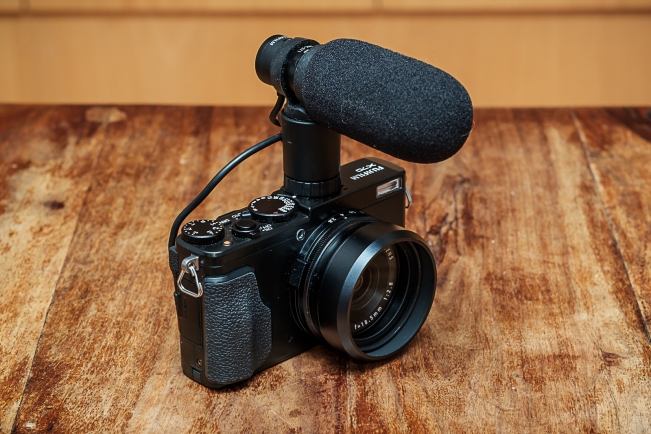
Then there are a bunch of other bits and pieces I will carry with me every time I take my camera out. The Fujifilm X100F and X70 allow for charging directly via a USB cable. I pack this cable along with my small Jackery Force65 power bank. In the event that I run out of battery in either camera, I can actually charge them on the go. I also pack a very short USB to Lightning cord to charge my phone from the same power bank. I generally use 64Gb SD cards so my cameras will store lots of images – and the Fujifilm X-T2 holds 2 SD cards. But I will always pack at least one spare 64Gb SD card. Add to that a couple of clean lens clothes, a large cotton handkerchief (for wiping me and the camera) and a bunch of my business cards. I generally never use a tripod for my photography.
Then there is the bag itself. I don’t like camera bags that look like and are branded as camera bags. For most of my photography I cary the Peak Design Sling. This bag has a clever way of using the space on offer. The main area is large and has foldable dividers that allow for lenses to be stored safely. I can fit my X-T2 and the three F2 lenses and still have room to fit a second camera or the flash. A zippered pocket under the main flap holds all the spare batteries, cables and SD cards. The bag is weather resistant and made from high quality materials. I can have the bag slung across my back or bring it around to my side or front when needed. This allows me quick access to my gear without having to take the bag off. This is also a good security feature, especially in crowded or cramped space like on a train, as I can hug the bag close and within sight whilst still having the strap holding the weight.
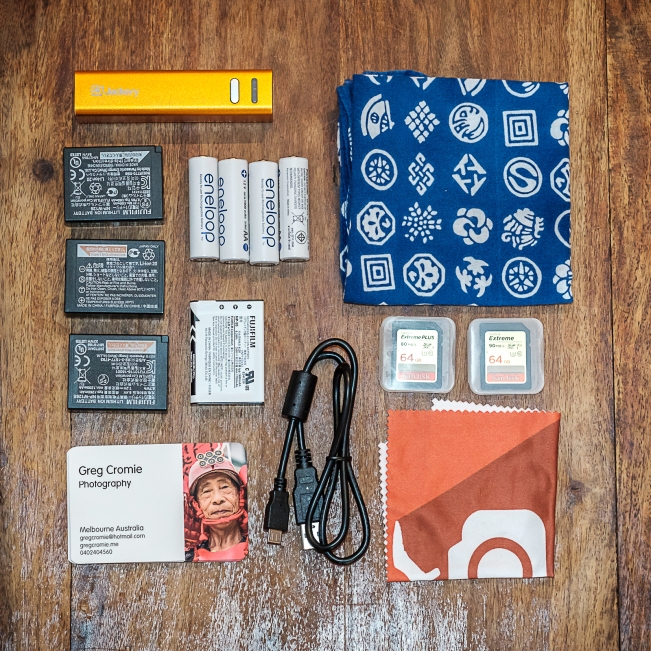
A couple of other little habits I observe when packing my bag are worth a mention. I generally carry three or four spare camera batteries plus the in-camera battery and make sure that these are all fully charged. The same goes for the rechargeable batteries, if I am taking the flash, and the power bank. I clean the glass on any lenses I am taking with me. Better to do it at home than in a dusty or raining environment. And also decide if I will need lens hoods. I make sure I have formatted all the memory cards I am taking with me and that I also check the settings on my camera(s). Dials and buttons get turned or pushed by accident all the time and there is nothing worse than taking your camera out of your bag and not having it ready to take a shot.
So there you have it. The question of “what’s in my camera bag?” is not that simple after all. It is situational and it is better to be prepared for your shoot by thinking ahead and making the right choices. Equally important is being physically comfortable with how much you are carrying. The less you have to worry about the physical needs of your body, the more you can focus on the photography. For people that do a lot of photography, all of this is common sense if not second nature. But I hope that for those of you just getting into photography that this blog gives you some ideas to keep in mind.
Just for the record, I am not sponsored or remunerated for talking about any of these products. I love photography and I love my gear and if you have been reading my previous blogs, will know I love Fujifilm gear. Happy shooting.
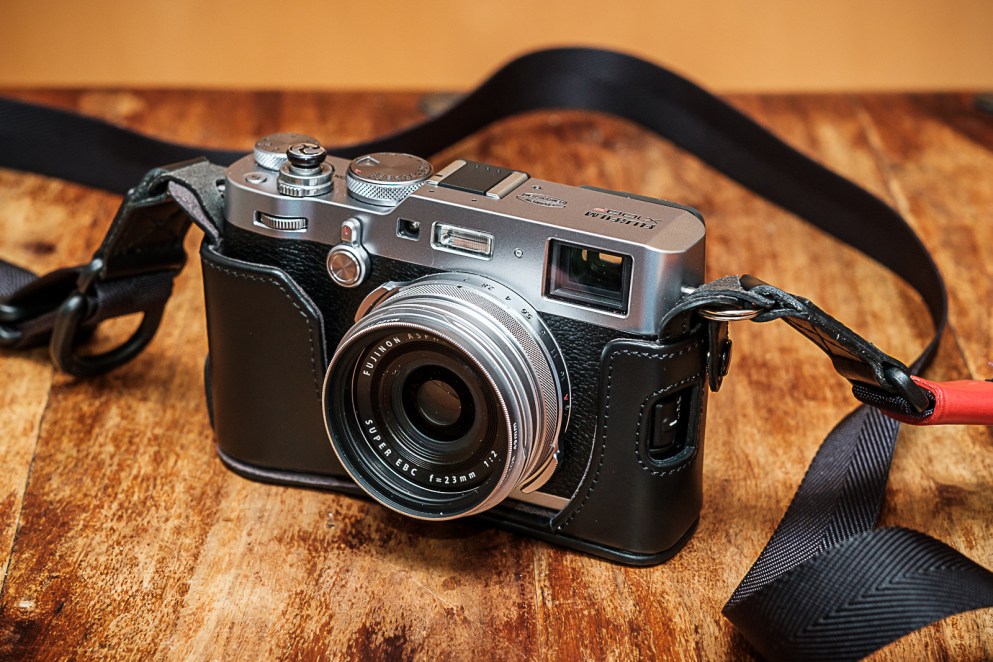
3 Responses to What’s in my camera bag?
[…] I last wrote about what was in my camera bag, and you can check that one out here, I had a lot more gear than I do now. I still have and love my Fujifilm X-T2. 24 megapixels, […]
LikeLike
[…] But if you want to check out some of my previous years then you can take a look at 2018 here, 2017 here and my profile over at Shotkit.com right […]
LikeLike
Loved readingg this thanks
LikeLike